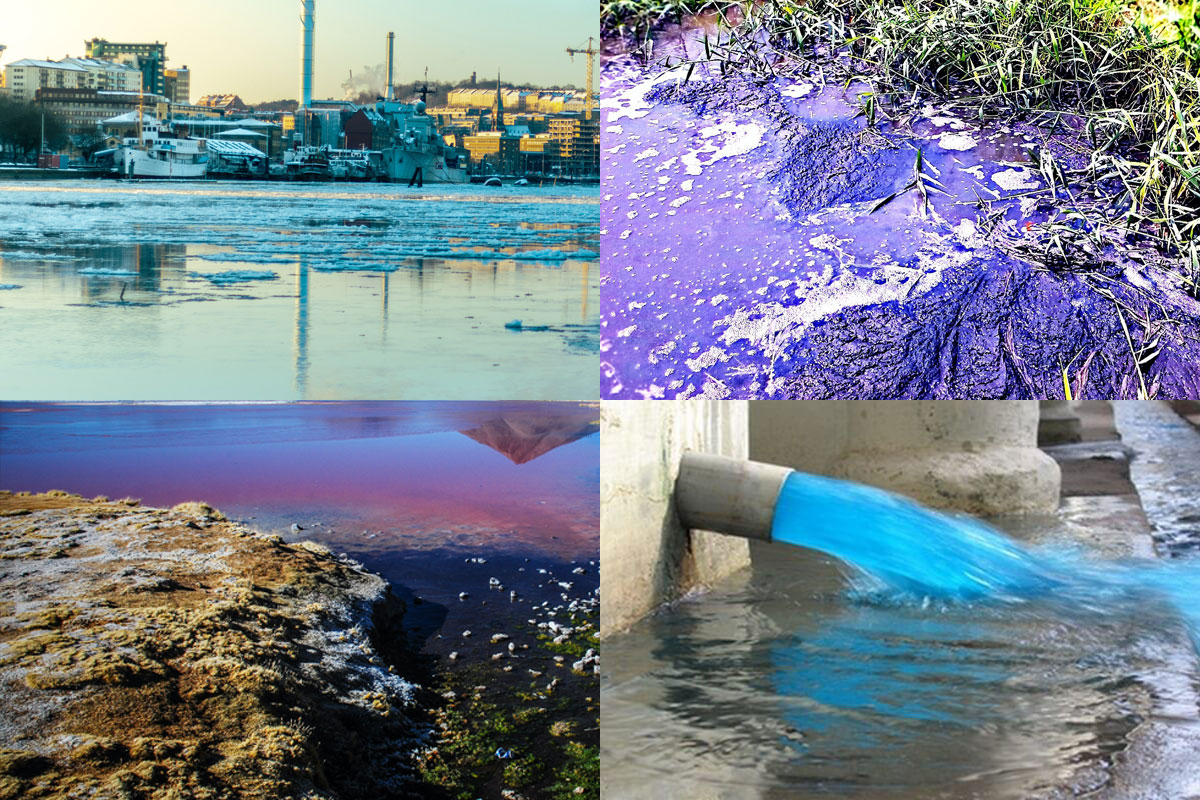Water pollution caused by the release of dyeing and printing liquids
The textile industry is one of India’s most important industrial sectors, generating significant revenue and employment. At the same time, it has a negative influence on the environment since it produces extremely hazardous wastewater during the wet processing of fabrics in dye factories. Textile production (including cotton cultivation) requires about 93 billion cubic metres of water each year, according to the Ellen MacArthur Foundation, accounting for 4% of worldwide freshwater extraction. India’s textile industry is the country’s second largest industry in terms of job opportunities, with over 35 million people employed.
Dyes, salts, and a variety of other organic and inorganic substances are commonly found in the wastewater. If wastewater is released into the environment untreated, it contaminates nearby soil and water bodies, causing significant harm to plants, animals, and humans. There have been numerous media reports exposing the extent of pollution in rivers around textile clusters, with entire stretches of river becoming red or blue due to untreated colours in the water. Every year, a large number of health problems are recorded in India as a result of drinking dirty water. Textiles, on the other hand, are one of the most water-intensive industries, with wet processing procedures such as dyeing taking anywhere from 60 to 150 litres of water per kilo of yarn.
Every year, India experiences unequal rainfall distribution, resulting in floods and droughts in different parts of the country. This puts the sustainability of water-intensive industries like textiles in jeopardy. As a result, it is the responsibility of all stakeholders, particularly entrepreneurs and mill owners, to ensure that industries operate responsibly and aim to use water efficiently while avoiding pollution by adhering to government regulations such as those set by the Central/State Pollution Control Board (s).
Let’s have a look at some of the water conservation techniques:

